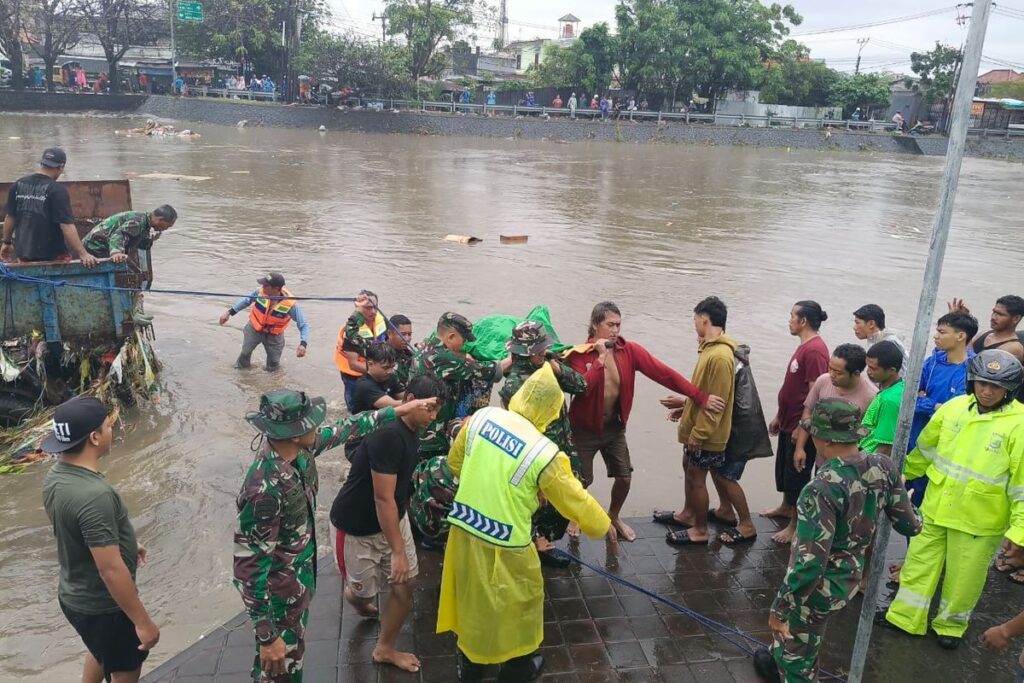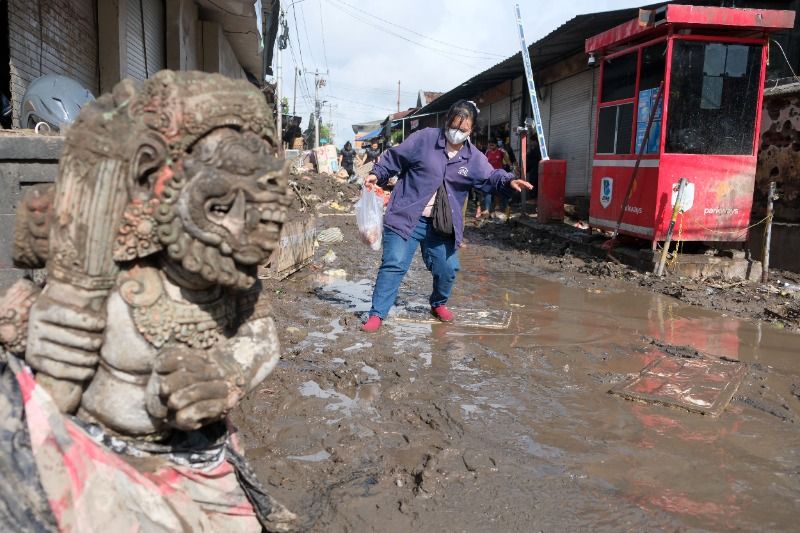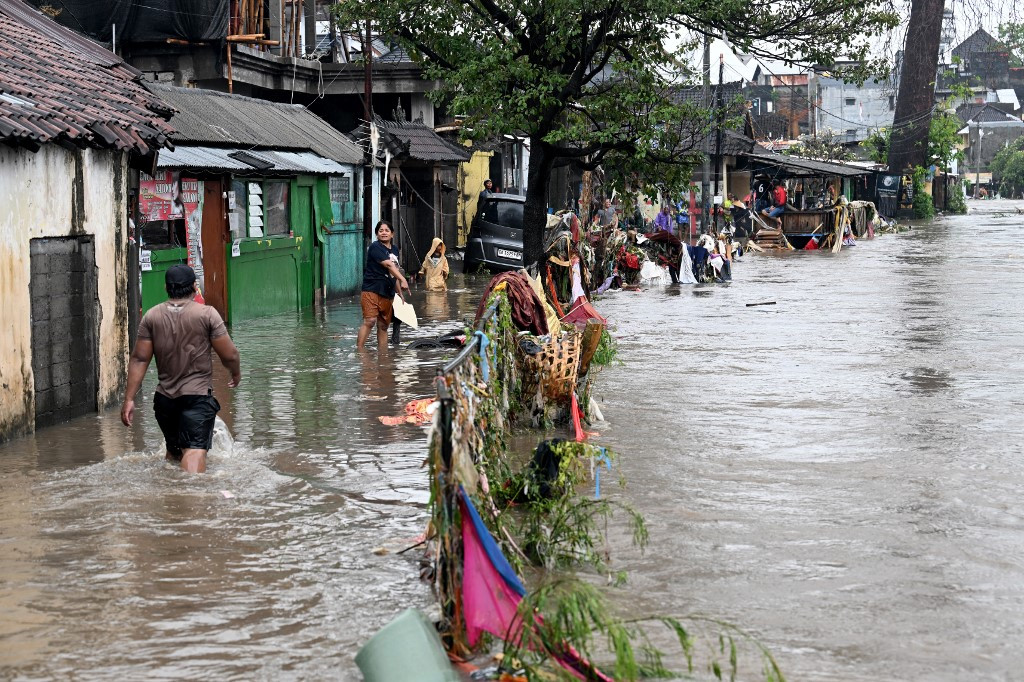Introduction: When the Rains Came
Bali recently experienced one of its worst floods in more than a decade, with torrential rains triggering landslides, inundating villages, and damaging infrastructure across the island. According to reports, up to 385 mm of rain fell in just 24 hours — more than what Bali typically receives in an entire month of the wet season.
Governor I Wayan Koster remarked simply that “it rained a lot.” While understated, the statement reflects the raw truth: this was no ordinary downpour. Climate change is amplifying extreme weather across the globe, and Bali is no exception.
For comparison, Sydney’s recent flood saw 122 mm of rain in 24 hours. Bali received more than three times that amount in a single day. Normally, southern Bali averages 200–350 mm for a full wet-season month. In other words, Bali’s flood compressed a month’s worth of rainfall into one devastating day.
Beyond the Rain: Bali’s Other Challenges
It would be misleading to say rain alone caused the devastation. Bali faces other longstanding issues that magnify disaster risks:
- Overdevelopment: Unchecked construction has spread across coastal and rural zones, often with weak enforcement of zoning laws. Much of this growth is driven locally, creating vulnerability in areas not designed to handle large populations or heavy infrastructure.
- Waste Management: The recent ban on dumping garbage at Suwung landfill has worsened the island’s waste problem. Overflowing trash often ends up in rivers and fields. During heavy rains, this debris clogs waterways and drains, accelerating flash flooding and compounding damage.
These challenges matter and demand urgent solutions. But they are not the full picture.

The Root Cause: Deforestation Along Rivers and other areas
The decisive factor lies in Bali’s rivers and forests. Indonesia’s Environment Minister, Hanif Faisol Nurofiq, made this clear when he stated that the massive flooding was primarily caused by minimal forest cover in the Ayung River (and other rivers) Basin (DAS) — Bali’s largest watershed.
- The Ayung River Basin ideally needs around 49,500 hectares of forest cover.
- Today, only 3% remains — about 1,500 hectares.
- From 2015 to 2024, approximately 459 hectares of forest were converted to non-forest uses.
Hanif also reminded the public that this is not a new phenomenon. For a long time, forest land in the Ayung watershed has been steadily converted into open agriculture, mixed farming, and even residential areas. These changes have gradually eroded the river basin’s ability to act as a buffer during heavy rainfall.
With such drastic loss, the watershed can no longer absorb or regulate rainfall. When 385 mm of rain fell in just one day, the river system simply couldn’t cope — leading to floods and landslides across Bali.
The science is simple: forests act as sponges and stabilizers. Once they are gone, no amount of concrete drainage or sandbagging can replace their role in preventing floods.

Conclusion: Facing Facts and Acting Forward
Bali’s floods were not caused by one single issue, but by the collision of extreme rainfall and weakened natural defenses. Overdevelopment and waste mismanagement are real problems. But the loss of forests in key watersheds is the fact that tipped this disaster into tragedy.
As Minister Hanif Faisol Nurofiq emphasized, the Ayung DAS — which should have nearly 50,000 hectares of forest — is down to just 1,500 hectares. Unless reforestation and watershed protection become top priorities, floods will only worsen in the years ahead.
This is why it’s crucial that politicians, activists, and commentators approach this issue with all the facts on the table. Using floods to score political points without addressing the root causes risks turning a human disaster into empty rhetoric.
Bali deserves better. The facts are clear: climate change is intensifying rainfall, forests are disappearing, and protecting watersheds must be central to Bali’s resilience. Only then can the island face the storms ahead with strength and sustainability.
Source : Guardian, ABCNews
Feat Images : via AFP/SonnyTumbelaka

